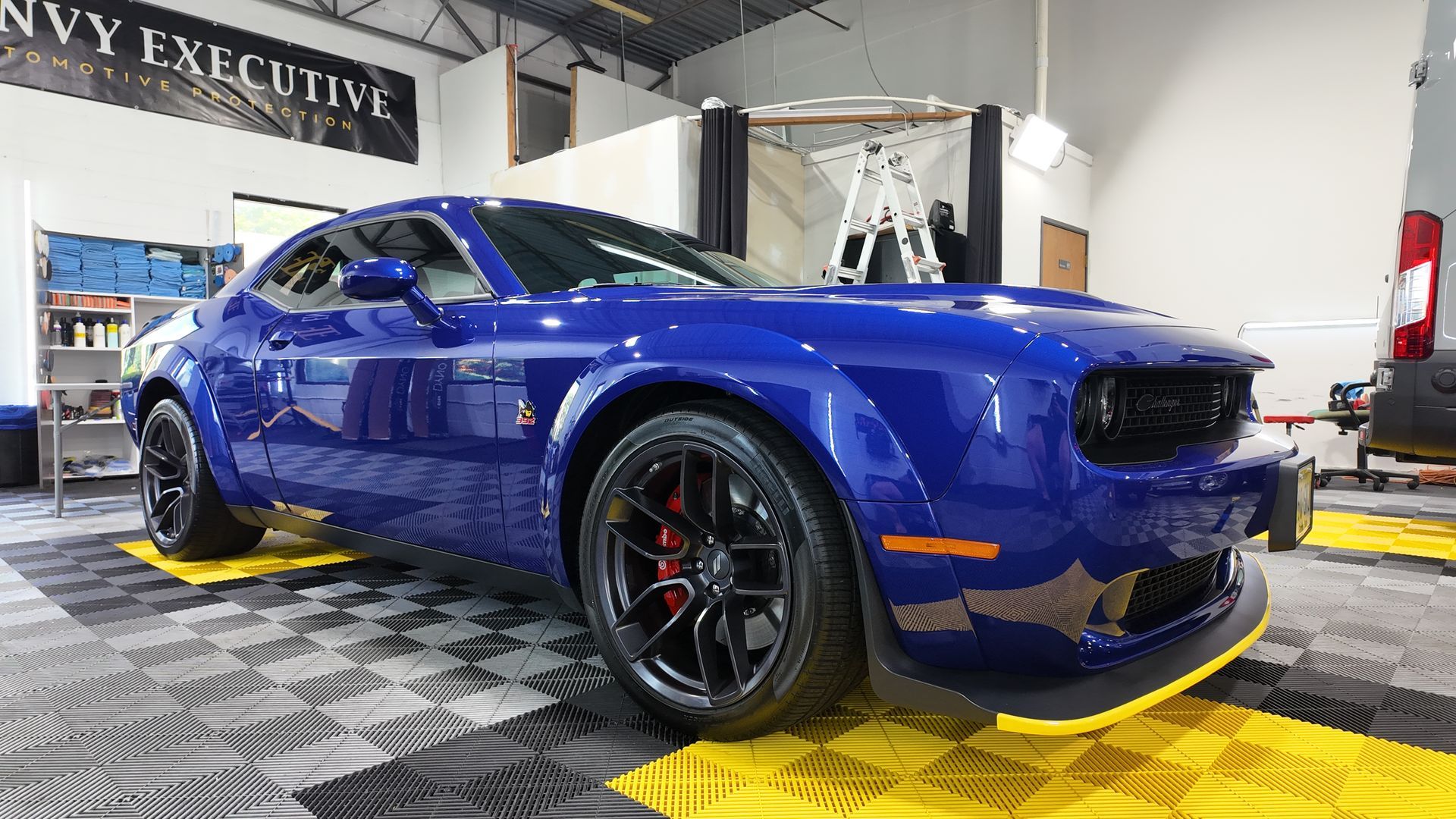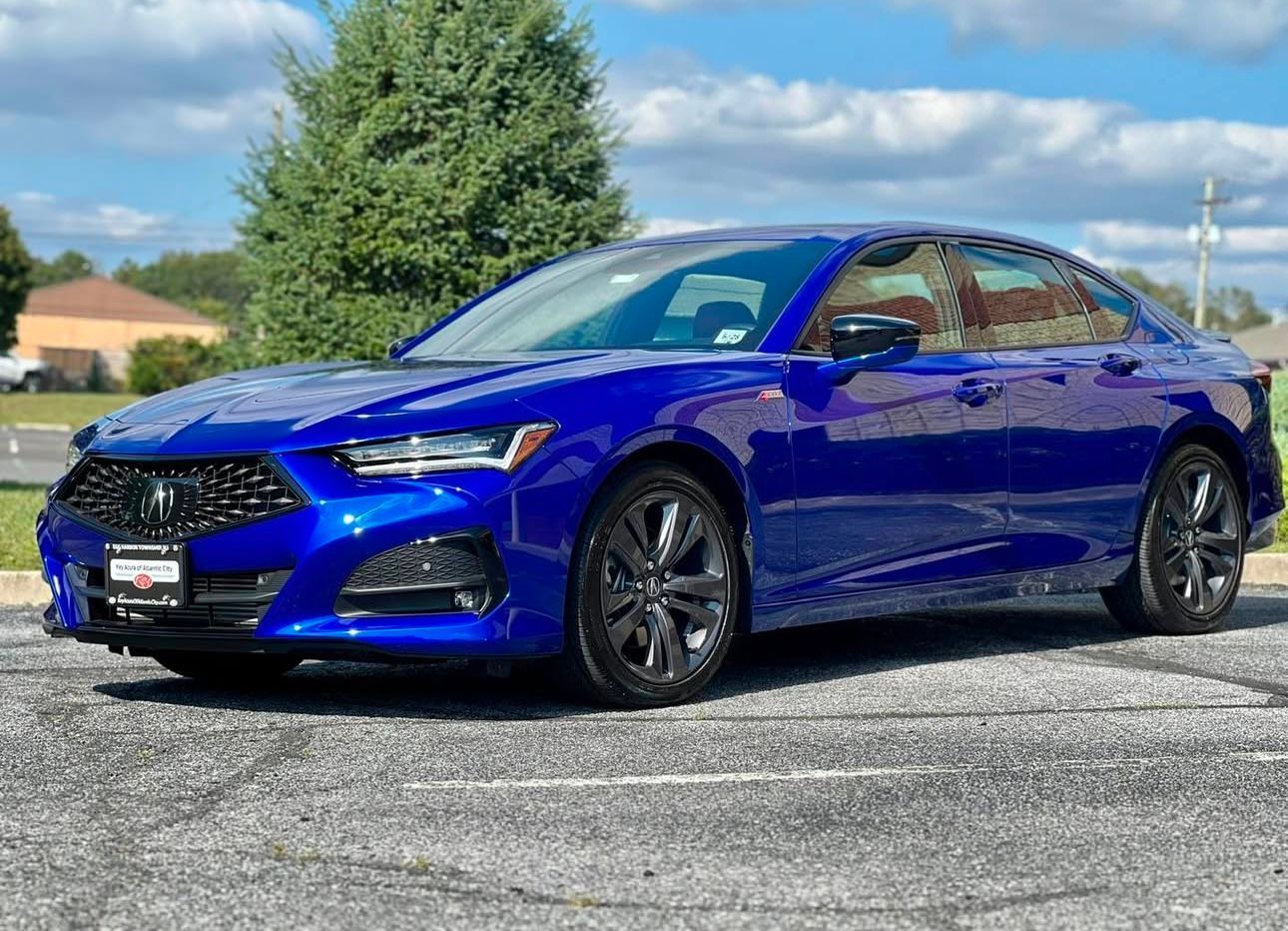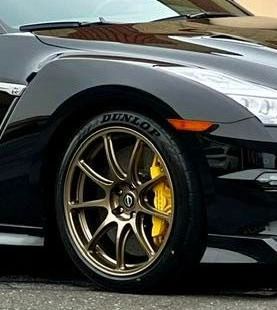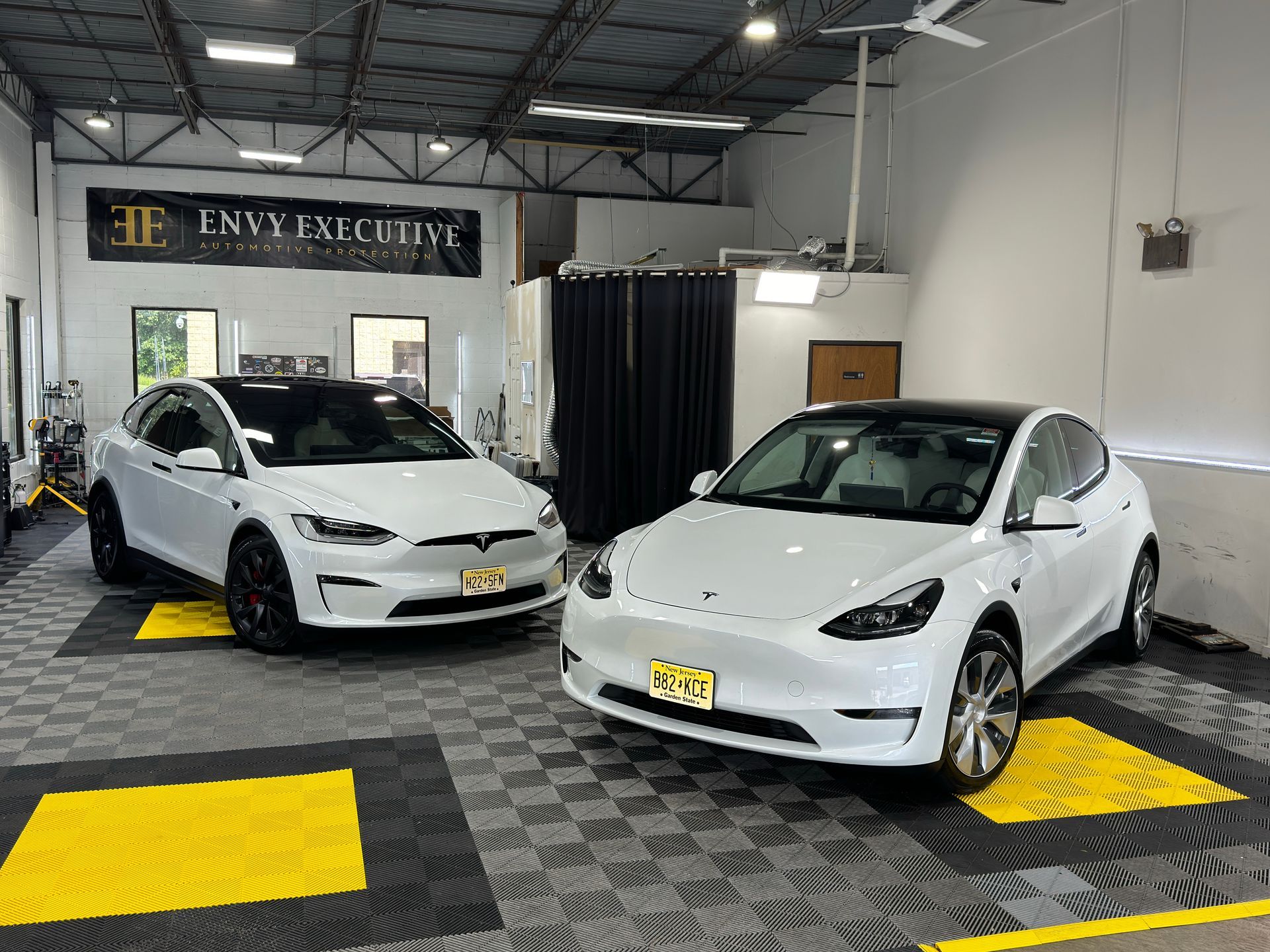The Science of Ceramic Coating and Its Protective Layer: Benefits and Applications

Searching for a reliable solution to protect your vehicle often leads to a plethora of options, including waxes, sealants, and sprays. However, what if I told you about a revolutionary product available in the market that not only offers long-lasting protection but also enhances the aesthetic appeal of your car? Enter ceramic coating, a remarkable innovation that not only shields against dirt and damage but also enhances the shine of your vehicle. Unlike traditional treatments that fade or wear away quickly, ceramic coatings bond at a molecular level, creating a durable barrier against all sorts of environmental nasties. Now, let’s dive into the science behind this protective marvel and uncover its many benefits for keeping your car in excellent shape.
Ceramic coating works by using nanoparticles, mostly silicon dioxide (SiO₂) and titanium dioxide (TiO₂). These nanoparticles form a strong chemical bond with the surface they are applied to, protecting it for a long time. This process gives the surface hydrophobic properties that keep water away, great chemical resistance against environmental contaminants, UV protection to keep the color from fading, and better minor scratch resistance to keep the surface's integrity.
What is Ceramic Coating?
Ceramic coating is a revolutionary solution for vehicle protection, composed of a liquid polymer that chemically adheres to a car's exterior surfaces. When applied, it forms a robust layer that sets itself apart from traditional protective treatments like waxes and sealants. Ceramic coatings provide a semi-permanent or even permanent shield against the elements by bonding at a molecular level with the factory finish, rather than simply sitting atop the paint.
Key Components
At the heart of ceramic coatings are two crucial components: silicon dioxide (SiO₂) and titanium dioxide (TiO₂) nanoparticles. These powerful elements work together to create an impenetrable barrier that not only enhances gloss but also significantly increases protection. The SiO₂ fills tiny pores in the paint's surface, resulting in a mirror-like finish that repels water and dirt effectively. This slick surface means contaminants have a harder time clinging onto your car's paintwork.
A thorough preparation process plays an integral role in achieving optimal results with ceramic coatings. Any contaminants left on the surface—like dirt, old wax, or even minor scratches—can disrupt the chemical bonding process and diminish overall efficacy. Therefore, it’s essential to ensure the surface is spotless before application.
This groundwork leads directly to more significant advantages, such as enhanced durability and ease of maintenance, aspects that every vehicle owner can appreciate while looking to keep their car in pristine condition. Next, we will explore how advanced technologies further enhance these innovative coatings.
How Nanotechnology Enhances Coating
Nanotechnology is not just a buzzword; it’s a revolutionary method that significantly boosts the performance of ceramic coatings. At the core of this advancement are nanoparticles, specifically those made from silicon dioxide (SiO₂) and titanium dioxide (TiO₂).
These are incredibly small particles, measuring less than 100 nanometers. Think of these nanoparticles as an army of tiny soldiers meticulously filling every gap on your vehicle's surface. This uniform coverage forms an impenetrable shield that's both tough and resilient against harsh environmental elements.
The impressive strength and durability of these nanoparticles arise from their size. Their minuscule dimensions enable them to interact with surfaces at a molecular level, creating a robust barrier that traditional products simply can’t match. This leads to a finish that feels as smooth as glass and looks stunningly glossy, all while providing unparalleled protection.
Now that we understand the role of nanoparticles, let's explore how they bond with surfaces and the unique advantages this interaction brings.
Bonding Mechanism
The magic truly happens when these nanoparticles chemically bond with your vehicle’s paint. This interaction is not merely superficial. Unlike conventional waxes and sealants, which only coat surfaces in a thin layer subject to quick degradation, ceramic coatings form a semi-permanent bond.
The chemical link ensures that the coating remains intact for years, resisting washing, minor scratching, and environmental wear.
Applying ceramic coating means you are investing in long-term protection for your vehicle—a decision that pays dividends over time by reducing maintenance hours and decreasing frequent touch-ups. Vehicles treated with ceramic coatings show
50% less paint degradation over three years compared to untreated ones.
This resilience stems from the nanoparticles binding to each layer of paint, enhancing both adhesion and durability.
Beyond just durability, this bonding process also provides additional benefits by offering resistance to various environmental threats that vehicles regularly face.
Exposure to ultraviolet rays, acid rain, bird droppings, and industrial pollutants can cause significant damage to vehicle exteriors over time. Ceramic-coated vehicles, on the other hand, break down much less quickly than those coated with traditional products because the molecular bond created by nanotechnology makes them more durable.
By choosing advanced ceramic coatings infused with nanotechnology, you're not just safeguarding your vehicle's appearance—you're ensuring its longevity in a world filled with potential harm.
If you're considering ceramic coating for your vehicle, partnering with experienced professionals can ensure optimal application and performance. Envy Executive Car Wash specializes in applying cutting-edge ceramic coatings incorporating advanced nanotechnology for maximum protection.
With an understanding of how nanotechnology enhances the protective layer of ceramic coatings, we can now further examine the specific advantages that these coatings bring to your vehicle's exterior.
Protective Qualities of Ceramic Coating
Ceramic coatings are not just a superficial upgrade; they embody a smart investment in protecting your vehicle or surfaces. One standout feature is their
hydrophobic effect, where water-repellent properties cause liquids to bead up and roll off with ease. This means that not only does your surface maintain a cleaner appearance, but it also reduces the need for frequent washing. Instead of grime sticking around, you’ll find that water simply glides off, reducing maintenance time significantly.
The advantages go beyond moisture; ceramic coatings offer chemical resistance as well. Imagine your vehicle enduring a sudden rainstorm mixed with pollution or encountering the aftermath of a bird's less-than-desirable deposit—without protection, these substances can damage the paintwork. However, with a ceramic coating applied, that shield prevents harmful pollutants such as acid rain and tree sap from penetrating the surface and causing discoloration or corrosion.
Another protective quality worth noting is minor scratch resistance. While it’s important to clarify that no surface can be entirely minor scratch-proof, ceramic coatings do enhance hardness and create a defense against minor abrasions. In everyday life—think of bags bumping against your vehicle in parking lots or children accidentally brushing toys against furniture—these incidents can lead to unwanted minor scratches. A coated surface stands up better to those small impacts than regular paint would.
Studies have shown that vehicles protected with ceramic coatings reported a reduction in maintenance time by up to 50%. This statistic underscores not only the effectiveness of these coatings but also their efficiency in simplifying upkeep tasks. You’re free from laborious cleaning routines while still enjoying an immaculate appearance.
With all these protective qualities combined, it becomes clear that employing ceramic coatings provides essential benefits for longevity and upkeep. Now we can explore how these features particularly enhance vehicle aesthetics and appearance.
Benefits for Vehicle Appearance
When you consider the effort put into maintaining the appearance of your vehicle, nothing compares to the impact achieved through ceramic coating. Imagine rolling down the street or pulling into the driveway with a car that sparkles like it's just left the showroom. This isn't a fleeting moment—it's a lasting impression. Users are consistently amazed at how their cars reflect light and shine brilliantly, enhancing not just aesthetics but overall presence on the road.
Long-Lasting Shine
The brilliance of a ceramic-coated vehicle is not simply skin-deep; its long-lasting shine is one of the coating's most celebrated features. Unlike traditional wax, which often requires reapplication every few months, ceramic coatings bond with the paintwork on a molecular level, ensuring that this luster persists for years.
Thanks to their durability against UV rays, rain, dirt, and grime, these coatings fight against dullness and fading.
According to a survey by "AutoDetailing.com," an astonishing 95% of users confirm that ceramic coatings significantly enhanced their vehicle's visual appeal—a testament to just how transformative this product can be. Those results mean more than just shiny cars; they're about preserving the investment made in your vehicle's appearance over time.
Another compelling advantage is that maintenance becomes simpler without compromising beauty. Because of the hydrophobic properties intrinsic to ceramic coatings, water beads up and rolls off surfaces effortlessly, taking dirt and debris along with it. As a result, washing your car is no longer a daunting chore but rather a swift task that keeps it looking pristine.
Understanding the myriad benefits sets the stage for exploring how to properly apply this protective layer and maintain its long-lasting effects for optimal vehicle care.
Application Process of Ceramic Coating
Applying ceramic coating isn't as straightforward as waxing your car; it requires careful attention to detail and procedure. The first crucial step is surface preparation, which cannot be overstated. A thorough wash of your vehicle is foundational because any dirt, grime, or residue remaining on the surface can hinder the ceramic coating's ability to bond properly. It's akin to painting on a canvas; if the canvas isn’t clean, the paint won’t adhere correctly. Make sure to use a quality car shampoo and follow up with a clay bar treatment to eliminate any embedded contaminants.
Once the surface is pristine, we move on to the next stage: paint correction.
Step I: Surface Preparation
In addition to washing, surface decontamination can also involve using specific detailing products designed for removing iron fallout and tar spots. After cleansing, dry the car completely with microfiber towels—this prevents water spots from forming, which could complicate the application of your ceramic coating later on. It’s about setting up an ideal environment for success.
With your vehicle now shimmering and spotless, it's time for an equally important step: paint correction.
Step II: Paint Correction
Paint correction is vital because it addresses imperfections like swirls and minor scratches that can exist beneath the surface. This step ensures that when you apply the ceramic coating, you aren't trapping these flaws underneath. Depending on your vehicle's paint condition, this could involve several techniques, such as machine polishing or using specialized compounds. Take your time here; achieving a flawless finish will maximize both aesthetics and protection once the coating is applied.
After ensuring your paint is perfect, we dive into one of the most exciting parts of the process—application.
Step III: Application
Now comes the moment you've been waiting for—the application of your chosen ceramic coating product. Using a specific applicator pad, begin applying the coating in small sections to ensure even coverage across your vehicle’s surface. Be meticulous about following the manufacturer's instructions regarding drying and curing times. For example, many high-quality coatings require an initial drying time without exposure to water, lasting up to 48 hours, followed by a complete cure period of about 7 days.
To enhance effectiveness and longevity, consider products like EZPZ Ceramic Coating or Graphene Matrix Coating, known for their impressive 9H hardness rating and durability extending beyond three years. Most importantly, taking these steps carefully not only provides protective benefits but also leaves your car radiating with a shine that distinguishes it from the ordinary.
As you proceed through this meticulous process of safeguarding your investment, it's essential to understand that what follows next tackles common misconceptions that surround ceramic coatings.
Myths vs. Reality About Ceramic Coating
One prominent myth is the idea that ceramic coatings are entirely scratch-proof. Many enthusiasts assume that by applying a ceramic coating, they can say goodbye to any concerns about minor scratches. However, this is a misconception. While ceramic coatings do offer added hardness, achieving a pencil hardness rating of 9H, it doesn't make them impervious to all forms of damage.
Hard materials, like sharp metals or even tools, can still cause minor scratches on the surface. So, while your vehicle will benefit from enhanced protection, it's wise to remain cautious when placing objects on the surface or during routine activities.
Another prevalent myth is the notion that after you have applied a ceramic coating, your car requires no maintenance whatsoever. This is quite misleading and could lead to dissatisfaction with the product over time. To clarify, the hydrophobic properties of ceramic coatings make cleaning your vehicle easier, but they do not eliminate the need for regular care.
In fact, routine maintenance plays a critical role in prolonging the life and effectiveness of your ceramic coating.
You might wonder what “routine maintenance” entails. Essentially, it involves washing your vehicle frequently using pH-neutral soaps specifically designed for ceramic coatings—harsh chemicals can degrade the protective layer over time.
By maintaining a consistent washing schedule and carefully choosing your cleaning products, you significantly enhance the longevity of your coating.
As a pro tip derived from my personal experiences, consider using microfiber cloths and soft wash mitts during cleaning sessions. These tools are gentle enough not to damage the coating while effectively removing dirt and debris. Frequent but gentle washes help maintain aesthetics and ensure that contaminants do not bond with the coating, keeping it in prime condition longer.
Understanding these myths is crucial when considering ceramic coatings as an investment for your vehicle's appearance and protection. Now, let's take a deeper look at some other critical aspects you should be aware of regarding ceramic coatings and how they fit into your overall vehicle care routine.
In your pursuit of protecting your vehicle with an effective ceramic coating solution, remember that regular maintenance is key to its longevity. For professional application services and consultations, visit Envy Executive Automotive Protection or call us at (609) 534-7010 for more information.
Envy Executive CW Blog




